The Best Towns to Visit in France
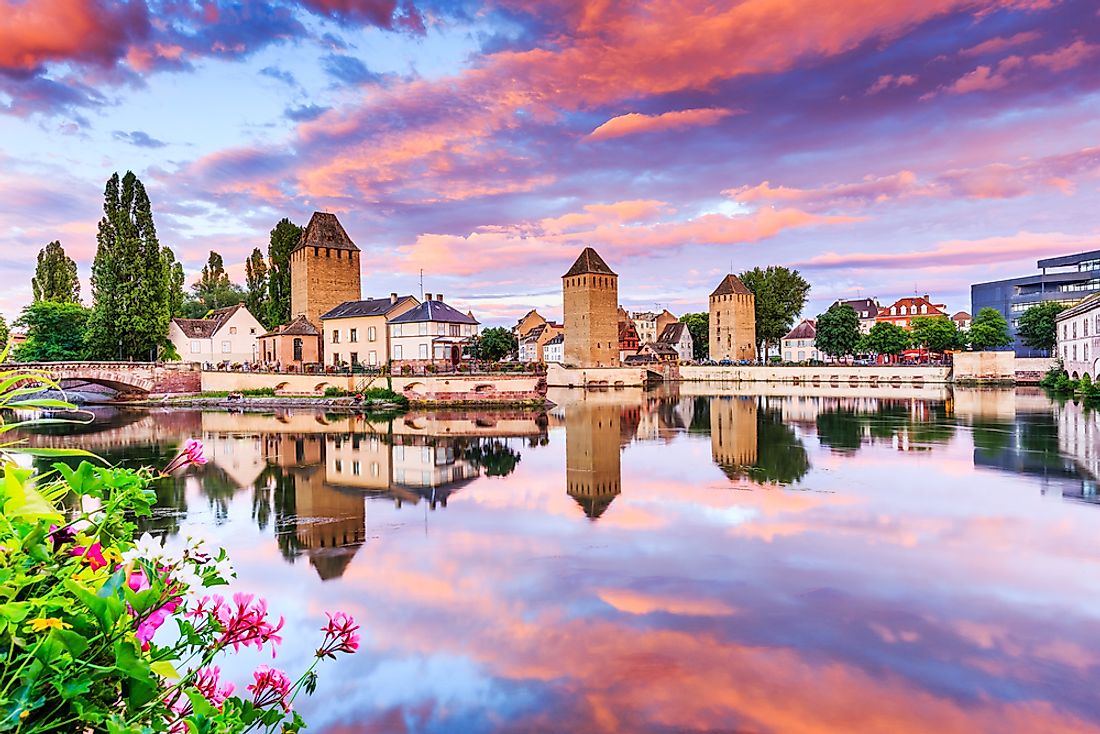
The French Ministry of Culture and Communication has been on a mission since 1985 aimed towards protecting the nation’s heritage and culture. Among the methods used in this mission is the designation of historic places, including towns and districts, as Villes et Pays d'Art et d'Histoire (Towns of Art and History). These historic places have taken measures to ensure that the heritage and past architecture is preserved so that visitors can all see what it was like in the past.
10. Mulhouse
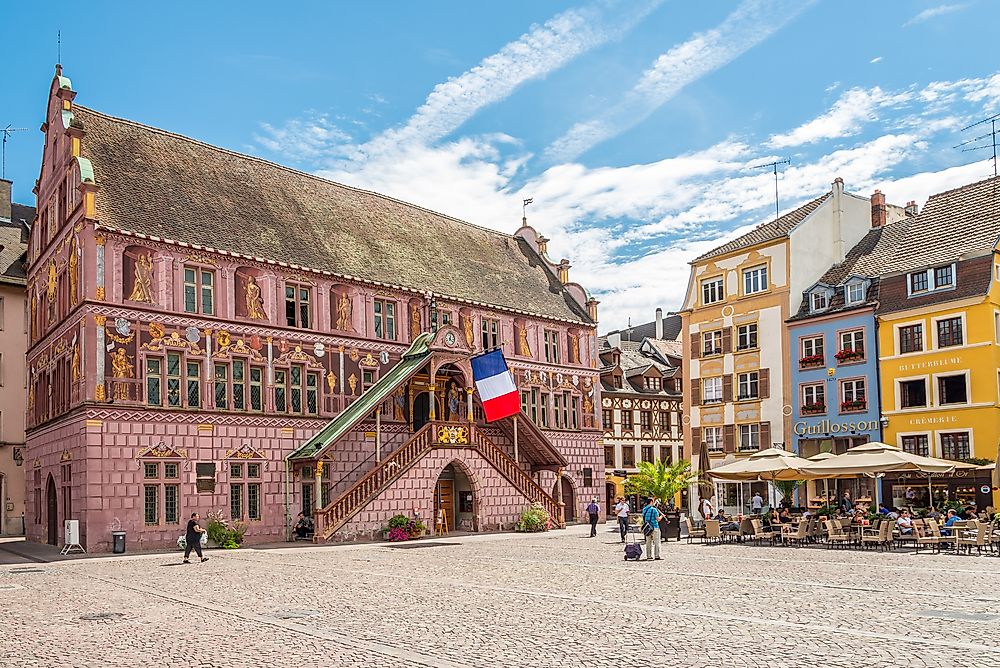
This city is near the Swiss and German borders on the eastern side of France. Mulhouse has a population of 112,063 people as of 2013 and an area of 8.56 square miles. Historically, the town dates all the way back to 58 BCE although written records date back to the 12th century. During that time, it was part of the Holy Roman Empire until 1918 when the French took it from Germany after World War I. Tourist sites within the city include the sixteenth-century Hôtel de Ville, the Museum of Printed Textiles, a workers’ quarter dating back to the 19th century, and others.
9. Strasbourg
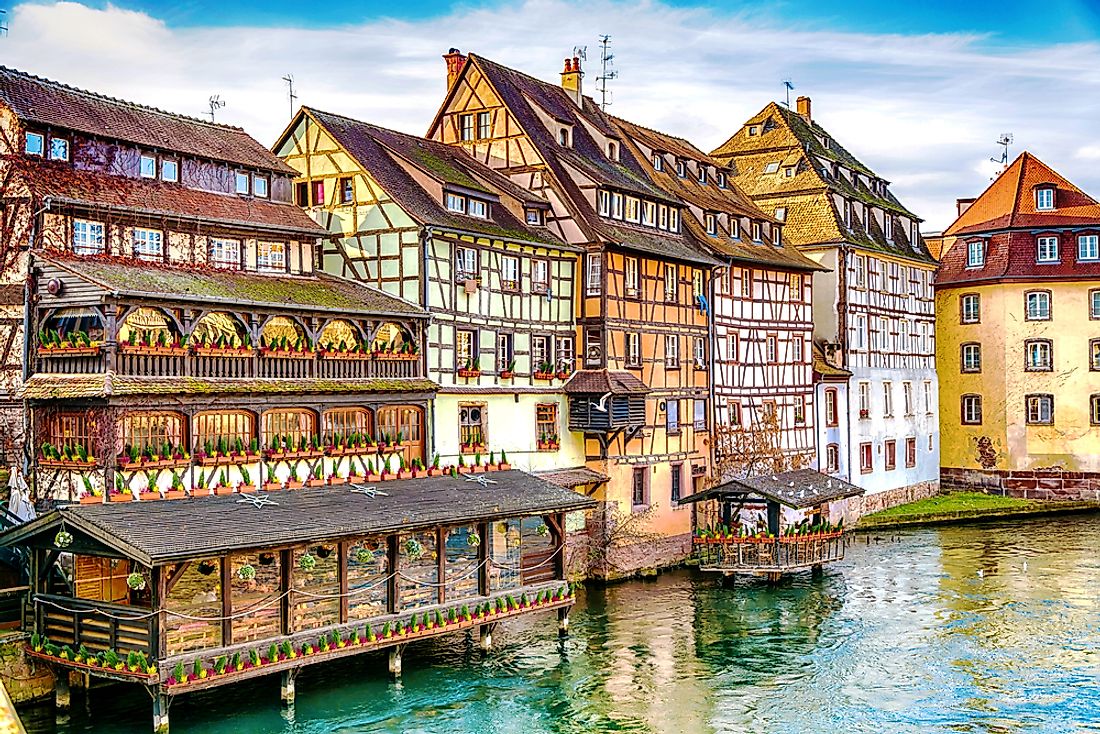
Aside from being the largest city (30 square miles) within its region, the Grand Est region, it is also the European Parliament’s official seat. Like Mulhouse, it is also located close to the German border. As of 2014, the city’s population stood at 484,157 people. The historical significance of the city, which dates back to 12 BCE, saw Strasbourg make history in 1988 when the historic Grand Island was classified by UNESCO as a World Heritage Site. That sort of classification was the first of its kind where an entire city center was classified as such by UNESCO. Sites include Gothic Cathedrals, the Ponts Couverts, and others.
8. Auxerre
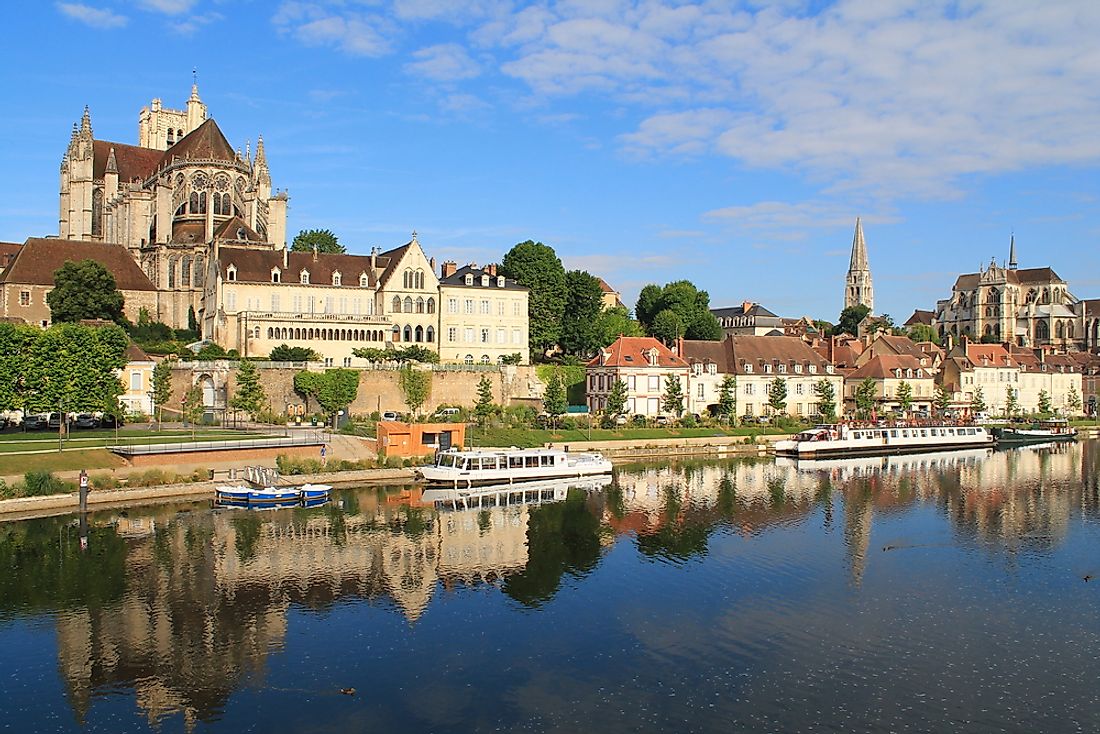
The fourth largest (19.29 square miles) city in Burgundy, this city has a meagre population of 39,000 people. The city was classified as a Town of Art and History in 1995. Dating all the way back to the 1st century, the city was known as Autissiodorum when it was under the Roman Empire. Production of the famous Burgundy wine it is known for began in the 12th century. The main sights include the Clock tower, the church of St. Pierre en Vallée, the Cathedral of St. Étienne, among others.
7. Nevers
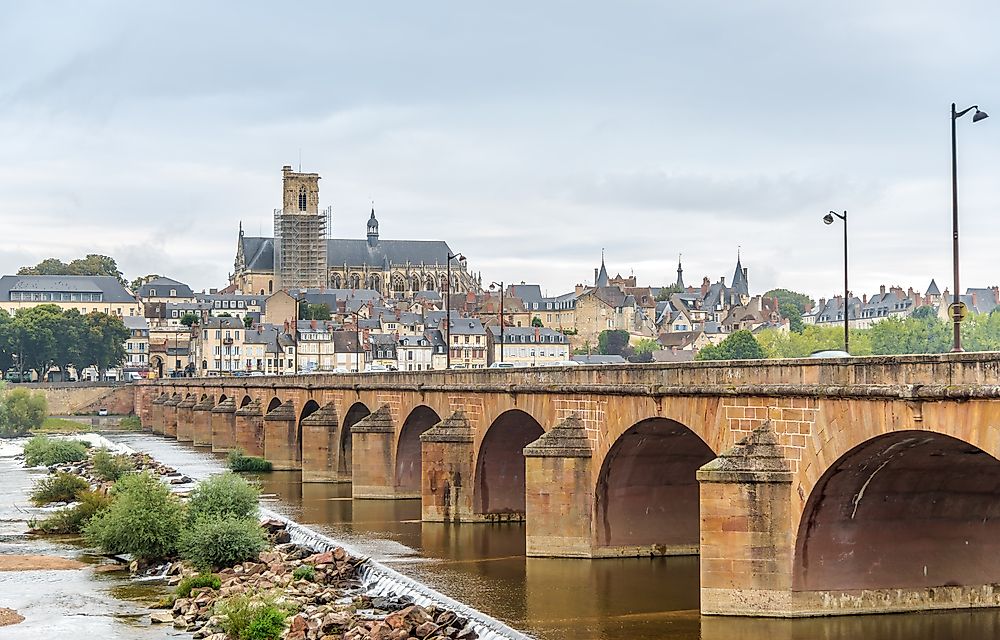
Located in central France in the region of Bourgogne-Franche-Comté, Nevers has an area of 6.69 square miles. As of 2012, it had a population of 35,327 people. The first time it is mentioned in history, present-day Nevers was known as Noviodunum, which was also a town under the Romans. The city dates back as far as during the time of Julius Caesar around 50 BCE. Present-day Nevers began around the start of the 10th century. The Cathédrale of Saint Cyr-Sainte Julitte, the Ducal Palace, and other ecclesiastical architectures constitute the main attractions in the city.
6. Metz
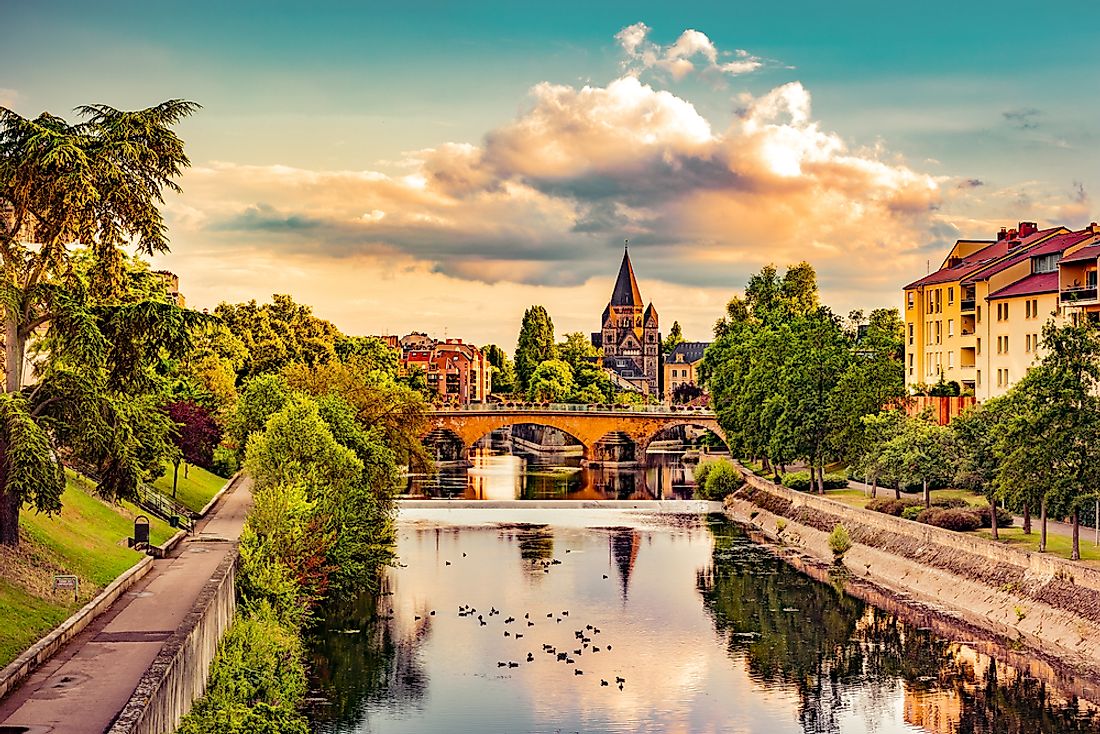
Metz is a French city located in the northeast of the country at the convergence of two rivers namely Rivers Moselle and Seille. The historically important city has an approximate area of 16.19 square miles and had a population of 119,775 as of 2014. Historically, Metz has a rich heritage going around 3,000 years back. At some point, it was a Celtic oppidum, a Roman city, a capital city of Austrasia, among other functions and significances. Because of all this, France submitted the name of the city for UNESCO’s consideration as a World Heritage Site. Noteworthy sites include France’s oldest church, the Basilica of Saint-Pierre-aux-Nonnains, the Imperial Station Palace, the majestic Gothic Saint-Stephen Cathedral, and others.
5. Nantes
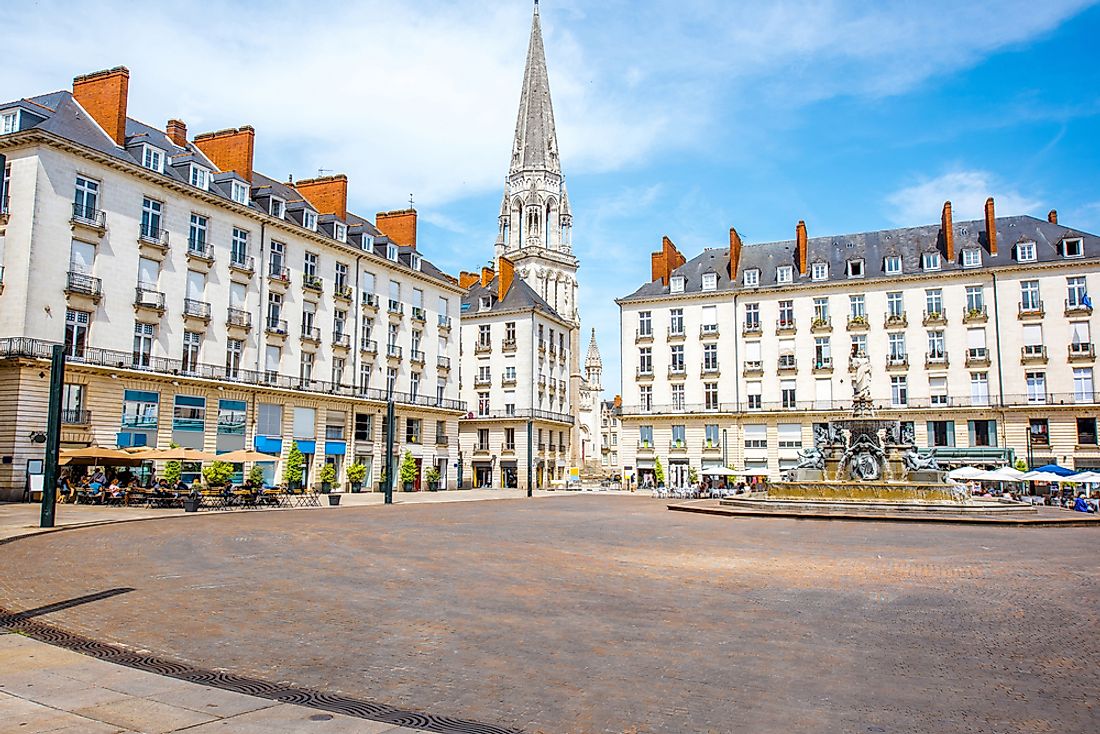
Located in western France, Nantes is a city with an approximate area of 25.17 square miles and a population of 303,382 people as of 2017. The history of Nantes goes all the way back to the Bronze Age during its first inhabitants until the Romans arrived in the 1st century BCE who introduced new technologies. Some of the sights include the likes of the Saint-Étienne chapel, the Passage Pommeraye, the Fine Art Museum, and others. There are also historic theatres like the Graslin Theatre, Le Zénith Nantes Métropole, and many more.
4. Autun
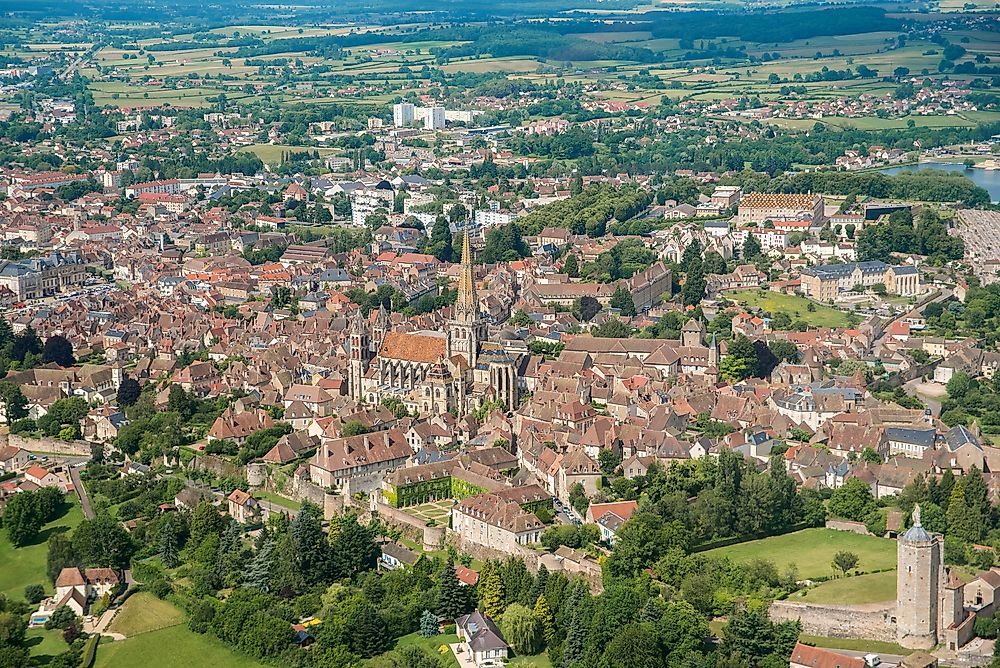
Also lying in the Bourgogne-Franche-Comté region as the city of Nevers, Autun has a size of 23.75 square miles and a population of 13,955 people according to data from 2014. The city was founded by the Romans during the time of Emperor Augustus when it was called Augustodunum. The sights in the city include the likes of the Autun Cathedral, the Saint-André gate, and the Arroux gate.
3. Vannes
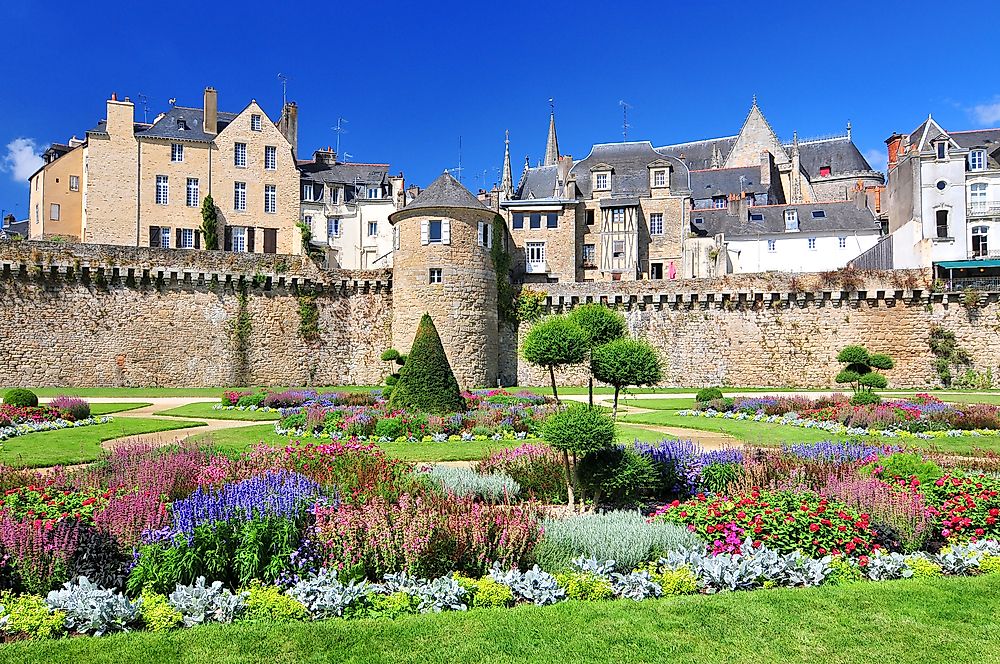
Older than 2,000 years, Vannes is located in the northwestern region of France. The city has an area of 12.5 square miles with a population of 52,648 people as of 2012. Initially, the area was occupied by Celtic folk who were relieved of the city by the Romans around 56 BCE. Vannes is also important as it was the soldiers stationed there that repelled a British invasion during the French Revolution in 1795. Monuments in Vannes include the Cathedral of St Peter, Chapel of Saint-Yves, Château de l'Hermine, and many more.
2. Fougeres
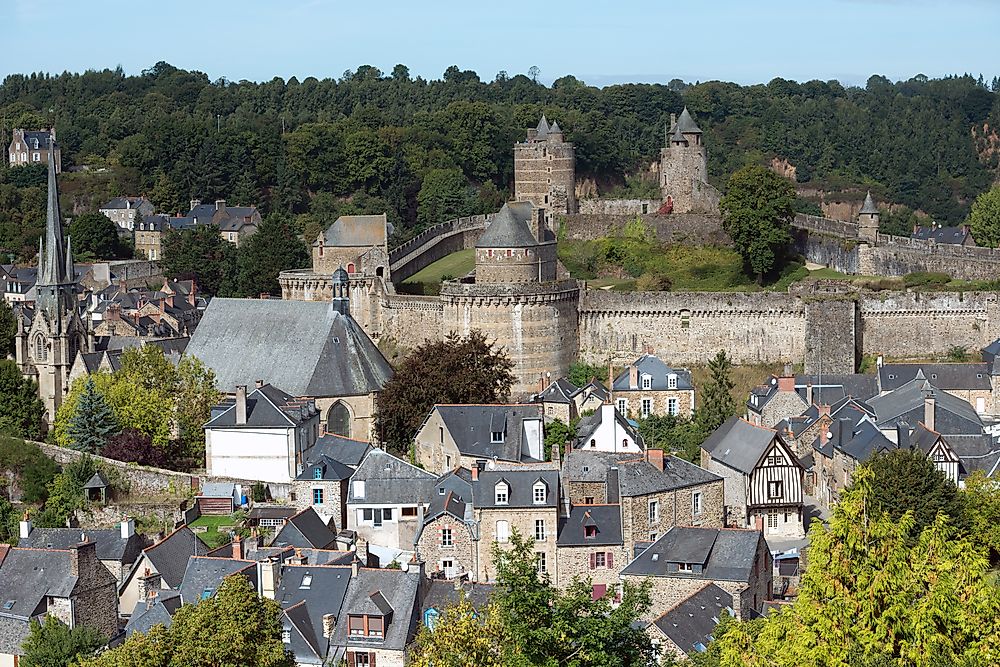
The city of Fougeres in Brittany, France, has an approximate area of 4.04 square miles with a small population of 20,189 people as of 2014. With a rich history dating back to over 5000 years ago, the city has seen occupations by the English, France, and a small interaction with the Romans. Aside from that, the city also played a role in World War I when French soldiers died for France. Among its sights is the monument with 640 names of dead soldiers who fought for France, the Church of Saint-Léonard, the quarry of cut rock, and many more.
1. Guérande
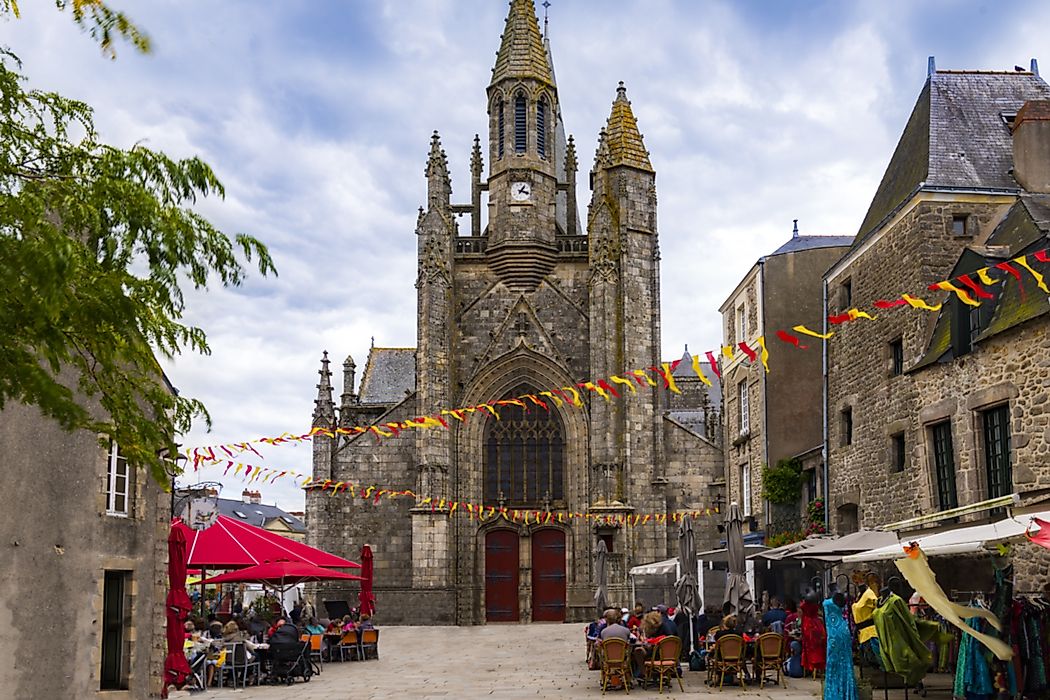
Lastly, the town of Guérande, with a size of 31.44 square miles, completes the list. As of 2007, the town, which is located in western France, had a population of 15,356 people. The history of the town dates back to medieval times thus earning it the status of a Town of Art and History since 2004. The Romans also occupied this town after relieving the Veneti and Namnetes tribes. Sights within include La Porte Saint-Michel, the 4700-feet surrounding wall, Ursuline's convent, and many more sights.











